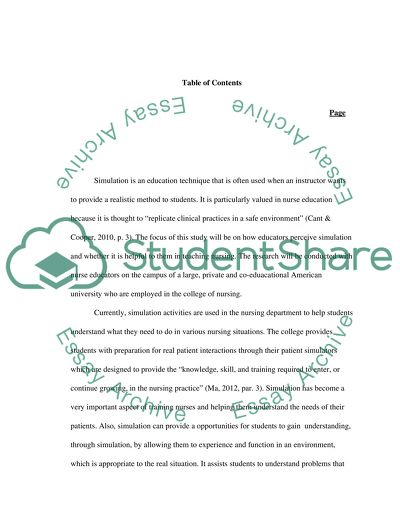Cite this document
(“Nurse Educators Perceptions Using Simulation in Teaching: Change in Essay”, n.d.)
Retrieved from https://studentshare.org/education/1623360-nurse-educators-perceptions-using-simulation-in-teaching-change-in-technology
Retrieved from https://studentshare.org/education/1623360-nurse-educators-perceptions-using-simulation-in-teaching-change-in-technology
(Nurse Educators Perceptions Using Simulation in Teaching: Change in Essay)
https://studentshare.org/education/1623360-nurse-educators-perceptions-using-simulation-in-teaching-change-in-technology.
https://studentshare.org/education/1623360-nurse-educators-perceptions-using-simulation-in-teaching-change-in-technology.
“Nurse Educators Perceptions Using Simulation in Teaching: Change in Essay”, n.d. https://studentshare.org/education/1623360-nurse-educators-perceptions-using-simulation-in-teaching-change-in-technology.


